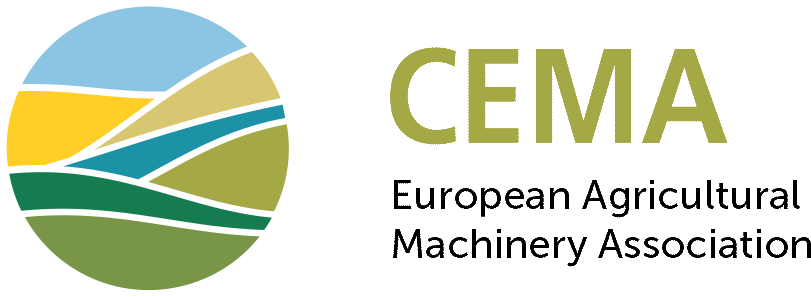Little to no immediate change expected for industry during transition period, but only 11 months left for a massive task
***
After almost 3 years since the official notification, two UK elections and several extensions, the Brexit withdrawal agreement between the United Kingdom and the European Union is now a reality. In the UK, the government's Brexit bill went through the House of Commons and the House of Lords and received royal assent. In the European Union, the European Parliament provided its consent on the deal on 29th January and the Council adopted by written procedure the agreement on behalf of the EU.
With the UK formally out of the European Union, a transition period now enters into force and is scheduled to end on 31st December 2020. For this transition period, the UK remains in the EU's customs union and single market with all applicable legislation, but is out of the EU political institutions and decision processes. The British members leave the European Parliament and a number of new members from the remaining EU countries join.
Besides the withdrawal agreement, both sides also agreed last October to a Political Declaration, outlining the principles of the future relationship the UK and the EU27 intend to have. They now face the massive task to negotiate this future relationship in just eleven months, either through a huge comprehensive free trade agreement or via a flurry of focused deals concluded as they go.
EU27 leaders have reconfirmed last December their aim of establishing the closest possible future relationship with the UK and EU27 ambassadors endorsed transparency principles for the post-Brexit negotiations. But it could still take some time before a full negotiating mandate - with related red-lines - is approved. The EU’s negotiator Michel Barnier has already warned that the EU and Britain will only be able to reach a “basic” agreement if there is no extension of the Brexit transition period agreed.
The challenge is indeed massive. CEMA – as many other industries – is extremely concerned with a no-free trade agreement scenario, where both sides would fall back on a World Trade Organization tariffs situation, with the related costs, delays and custom checks for integrated supply and distribution chains. Regulatory convergence / mutual recognition and level-playing field provisions must also be preserved, in order to ensure fair and frictionless trade for machinery and components. A pragmatic solution must be found to guarantee alignment and avoid divergence over time with European rules and standards. UK statements that there would be "no alignment" with EU rules in a post-Brexit trade deal have created significant uncertainty, not only for the machinery industry but also for farmers as well as the whole agriculture sector and agro-food chain. The list of concerns could go on for long, ending of course with a robust enforcement and governance of the new UK-EU27 relationship.
CEMA and its members will closely scrutinize the upcoming negotiations for the new relationship and defend the interests of the advanced agricultural machinery and solutions’ industry, striving for frictionless trade and movement, level playing field and regulatory alignment.
Picture credits: "© European Union 2020 – EP/photographer".







